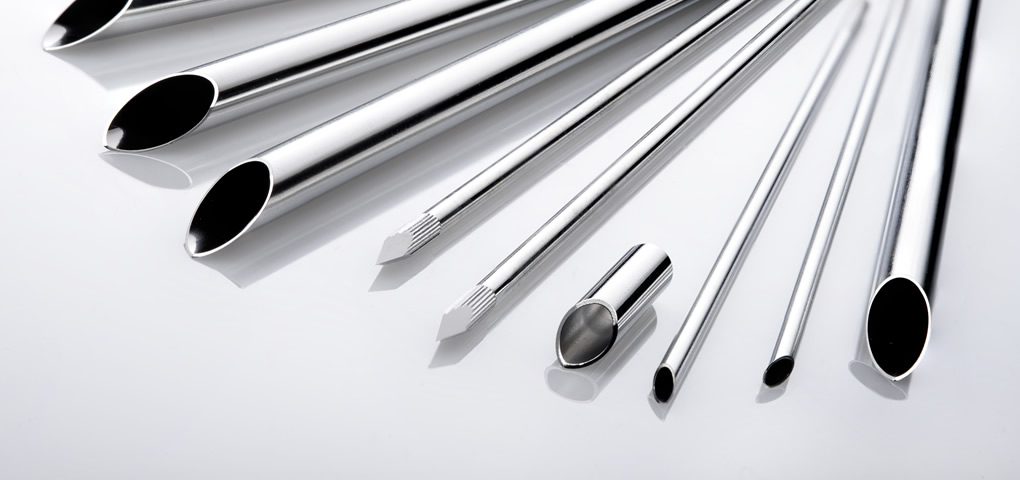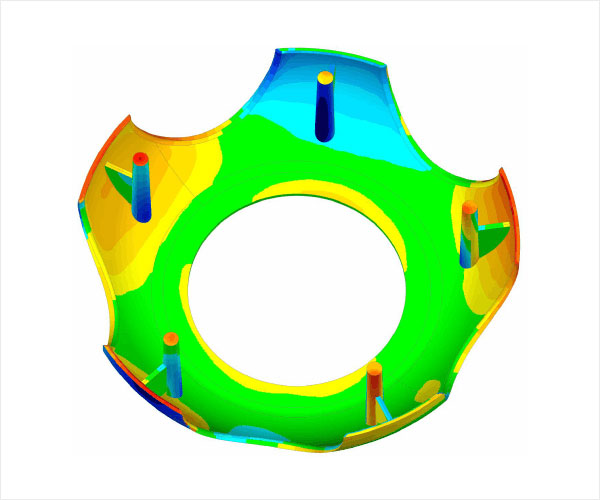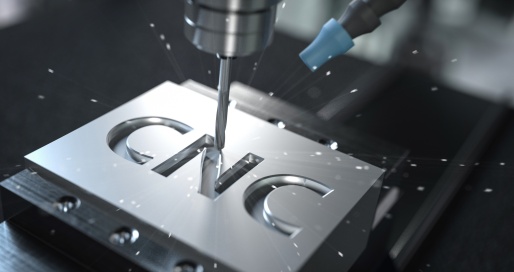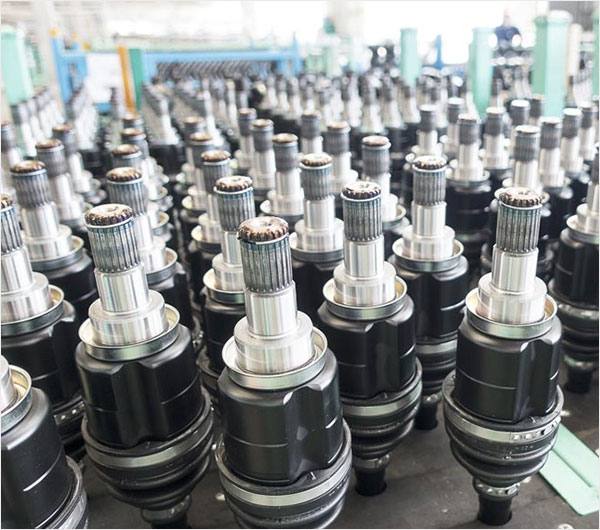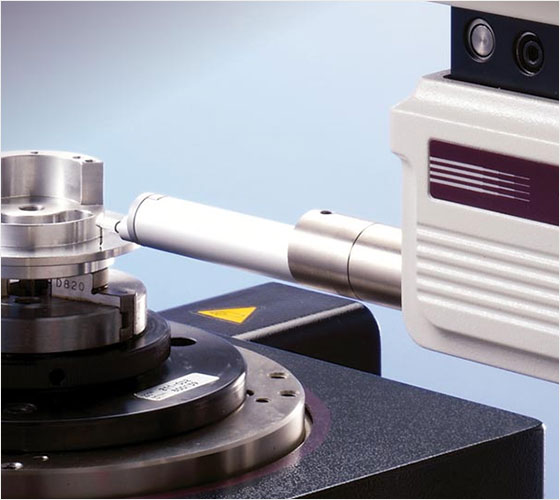Electropolishing is a fascinating process. Think of it as a spa treatment for metals. By using an electrical current and a special solution, metals get a smooth, shiny makeover. This method erases tiny imperfections and rough spots. It’s an electrochemical procedure that makes metals look their best. Not only do they gleam, but they also resist corrosion better. So, when metals need a little sprucing up, electropolishing is the go-to method. It’s all about giving metals a bright and refreshed look!
What is electropolishing and how does it work?
Electropolishing is like a super-charged version of polishing for metals. Imagine giving Metal a spa day! It’s a process used to smooth and shine metal surfaces, especially stainless steel. Here’s how it works:
First, we take the metal piece and dip it into a special bath. This bath contains a mixture of chemicals, often acidic.
Next, we connect the metal to a positive electrical current. Another piece of metal, the ‘cathode,’ gets a negative current.
When we switch on the electricity, cool things happen! Metal ions from the piece we’re polishing move into the bath.
Rough or uneven areas on the metal lose ions faster. So, they smooth out more quickly.
As a result, the metal’s surface becomes shinier and super smooth. It’s like magic, but with science!
The benefits? Besides looking pretty, electropolishing reduces metal corrosion. It also makes the metal super clean, which is great for things like medical instruments.
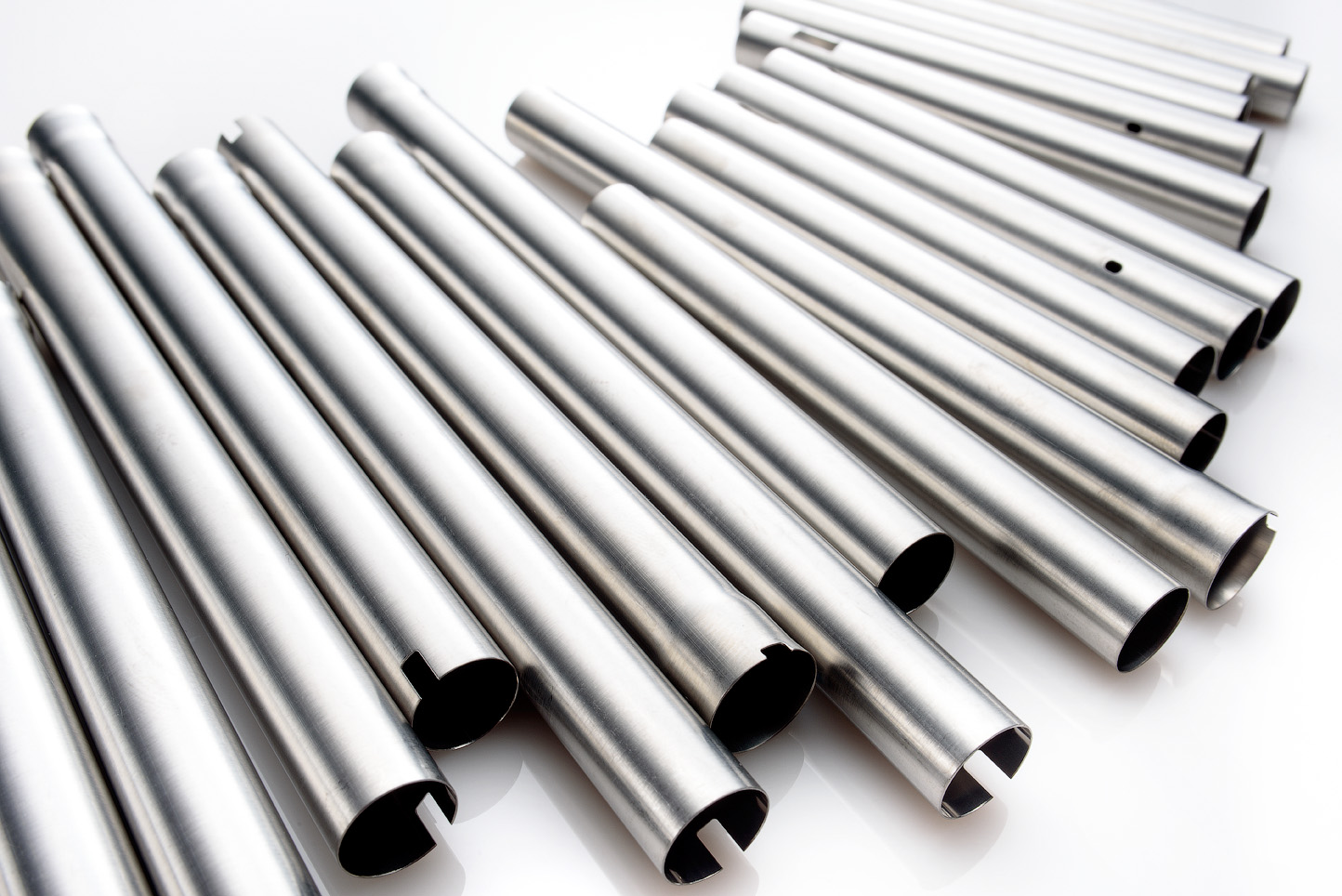
Benefits of Electropolishing
Electropolishing is like giving metal a spa treatment! Think of it as a refined process that makes metal shine and offers many advantages.
Superior Smoothness and Shine
Electropolishing makes metals smooth and shiny. This process removes tiny imperfections on the surface. Your metal parts end up looking great and feeling super smooth to the touch.
Enhanced Corrosion Resistance
Metal parts, especially stainless steel, can corrode over time. Electropolishing helps by removing the outer layer that’s more likely to corrode. This means your metal parts last longer and stay stronger.
Improved Cleanliness
Smooth surfaces are easier to clean. Because electropolishing makes metals super smooth, dirt and bacteria find it hard to stick. This is perfect for industries that need high cleanliness, like food or medicine.
Less Maintenance Needed
Shiny, corrosion-resistant metal parts need less upkeep. Electropolishing ensures your parts remain in top shape. You spend less time and money on maintenance.
Increased Flow and Efficiency
For industries using pipes and tubes, smoothness matters. Electropolished surfaces allow fluids to flow better. There’s less friction, which means more efficient operations for businesses.
Deburring of Parts
Sometimes, metal parts have tiny, unwanted bits called burrs. Electropolishing removes these burrs effectively. This makes the parts safer and more functional.
Uniform Appearance
We all want things to look consistent and uniform. Electropolishing gives metal parts a uniform appearance. All parts come out looking consistent, boosting their aesthetic appeal.
Enhanced Fatigue Life
Metal parts can get tired too! With regular use, they can weaken or break. Electropolishing strengthens the surface, making parts more durable. They withstand stress better and last longer.
Reduced Friction
Smooth surfaces mean less friction. Parts that slide or move benefit from electropolishing. They work more efficiently and wear out less quickly.
Safe and Eco-Friendly
Electropolishing uses electrical current and a solution to work its magic. There’s no need for harsh chemicals or abrasive tools. It’s a safe method for workers and the environment.
Electropolishing is a fantastic process. It not only makes metals look and feel great but also offers practical benefits.
How to Electropolish Process?
Electropolishing is like giving your metal a beauty treatment. It smooths, shines, and refines metal surfaces. Want to learn how it’s done? Here’s a straightforward guide.
1. Understand Electropolishing
First, know what electropolishing is. It’s an electrochemical process. It smooths and polishes metal surfaces. This method removes tiny peaks and valleys on the metal. The result? A bright, shiny, and smooth finish.
2. Gather Your Materials
You’ll need a few things to get started:
- An electropolishing solution is specific to your metal type.
- A rectifier or power source.
- Cathodes, are often made of lead or stainless steel.
- An electropolishing tank.
- The metal item you want to polish.
3. Safety First
Safety is crucial. Always wear gloves and safety goggles. Make sure your work area is well-ventilated. It’s essential to avoid any chemical splashes or fumes.
4. Prepare the Metal
Start by cleaning your metal item. Remove dirt, grease, or any contaminants. A clean surface ensures a better polish. Sometimes, an ultrasonic bath or mild detergent helps.
5. Set Up Your Tank
Fill the tank with the electropolishing solution. Ensure it’s suitable for your specific metal. Each metal, like stainless steel or copper, needs a different solution.
6. Connect the Metal
Now, attach your metal item to the anode of the power source. Connect the cathodes to the negative side. Make sure everything’s secure.
7. Dip and Electropolish
Submerge the metal item into the solution. Turn on the rectifier. Adjust the voltage and current as needed. This step is where the magic happens. The electrical current interacts with the solution. It carefully removes a thin metal layer. This process gives your item a super smooth finish.
8. Monitor the Process
Keep an eye on things. Depending on the metal and desired finish, it might take minutes or longer. The metal’s size, shape, and initial condition matter too.
9. Rinse and Dry
Once done, turn off the rectifier. Remove the metal from the tank. Give it a good rinse with distilled or deionized water. This step removes any residual chemicals. Dry the metal thoroughly to prevent any water spots.
10. Inspect Your Work
Look at your metal. It should shine brightly. The surface should feel smooth. If it’s not perfect, don’t fret. You can repeat the process. Sometimes, it takes a couple of tries to get it just right.
11. Clean Up
Remember to clean your work area. Safely dispose of used solutions. They can be hazardous. Store unused chemicals in a cool, dry place.
12. Store Your Equipment
Keep your equipment safe for next time. Store them in a dry, secure place. This care ensures a longer life and better performance.
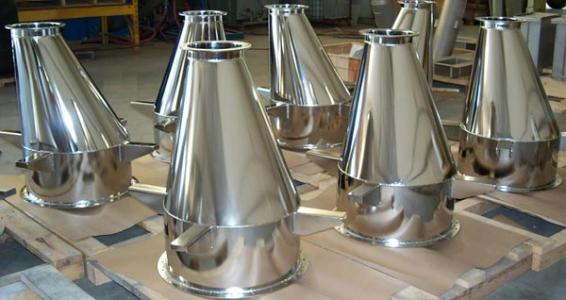
Benefits of Electropolishing
Now, you might wonder why go through this process. Here’s why:
Shiny Finish: It makes metals look brand new.
Increased Corrosion Resistance: Smooth surfaces corrode less.
Improved Cleanliness: Smooth surfaces are easier to clean.
Deburring: It removes tiny burrs or rough edges.
Enhanced Performance: For some industries, like food or medical, it’s a must.
In Wrapping Up
Electropolishing is an art and a science. With practice, you’ll perfect the process. And the result? Beautiful, gleaming metals that look and perform better. So, gather your materials and start polishing.



